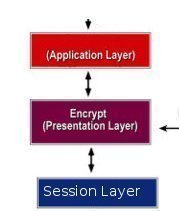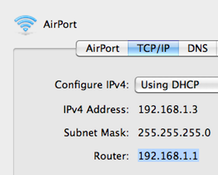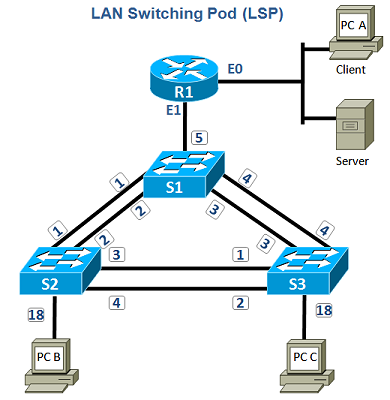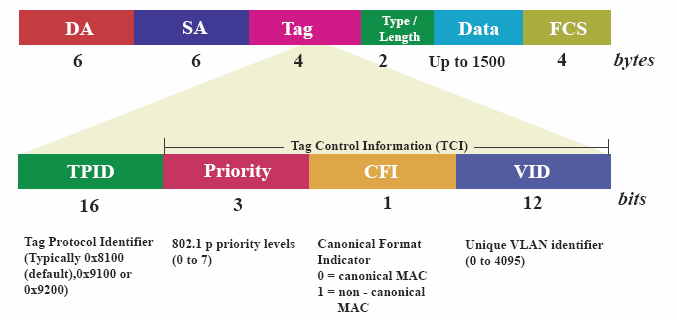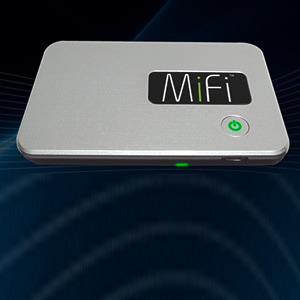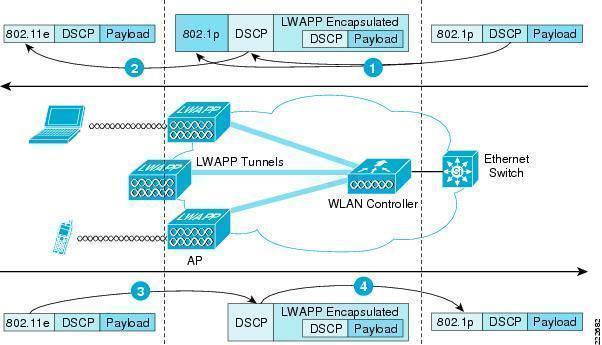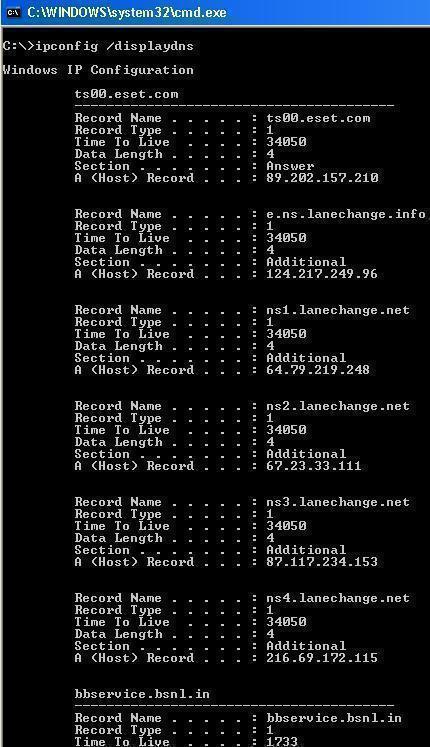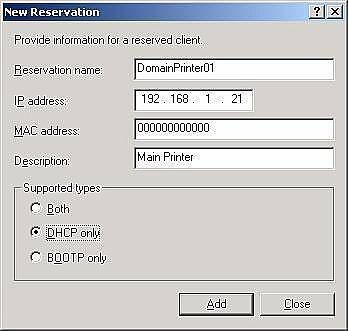Presentation Layer
The presentation layer is one of seven layers of the OSI (Open Systems Interconnections) Model and is found between the application layer and the session layer. The presentation layer is commonly used for encryption and decryption as well as the conversion of file formats. The presentation layer is considered the last layer in which data …

